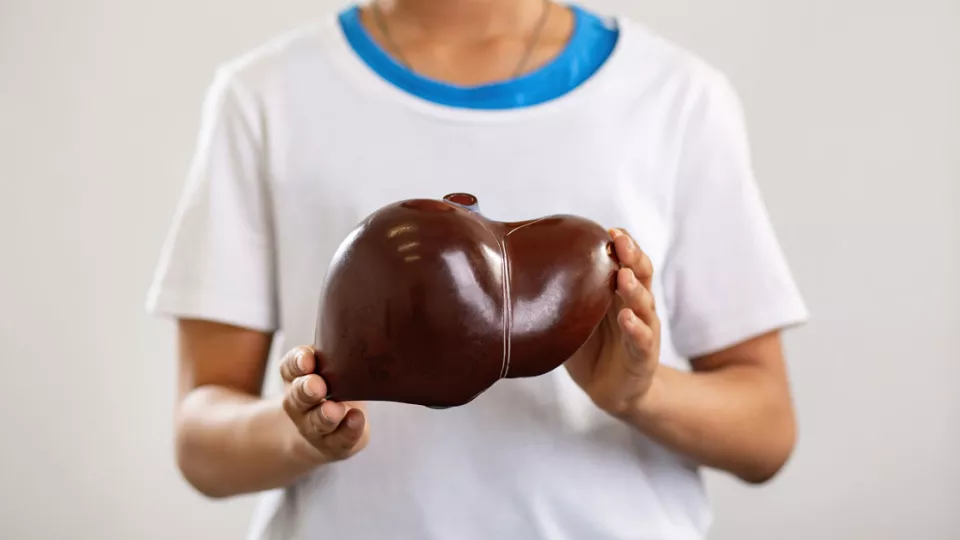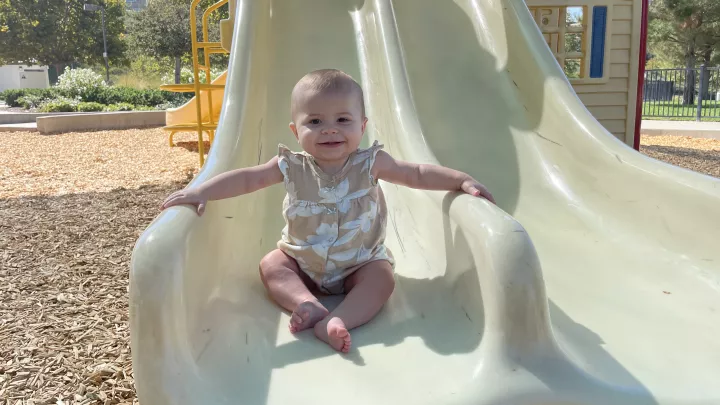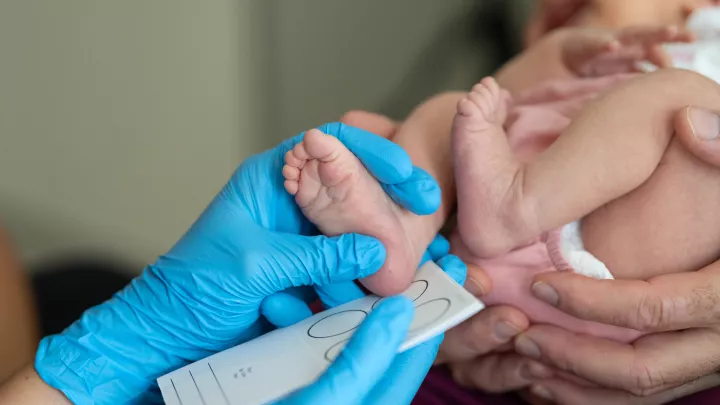
What Is Fatty Liver Disease?
Just like the name suggests, fatty liver disease is a condition where fat collects in the liver. Over time, this excess fat can lead to chronic inflammation and a buildup of scar tissue. Tania Mitsinikos, MD, Medical Director of the Fatty Liver Disease Clinic at Children’s Hospital Los Angeles, explains more about this condition, which is increasingly being diagnosed in children.
What does the liver do?
The liver is one of the largest organs in the body, and it has many important jobs. Basically, it’s like a processing plant for your body. It’s involved in making and storing sugars, storing fat and getting rid of toxins. The liver also makes bile, a fluid that helps your body digest fats.
What is fatty liver disease?
Fatty liver disease happens when fat builds up in the liver. It is the most common liver disorder in the United States, affecting approximately 10% of children, and about 26 percent of obese children. It is often called nonalcoholic fatty liver disease (NAFLD), because this extra fat is not caused by alcohol consumption or other liver diseases.
NAFLD can range from very mild—where there is fat in the liver but no inflammation—to a more serious condition called nonalcoholic steatohepatitis (NASH). In NASH, the liver has fat and inflammation. This combination leads to ongoing injury and scarring. If it’s not addressed, NASH can eventually result in severe scarring, called cirrhosis, and cause some children to need a liver transplant in adulthood.
What causes NAFLD in children?
The cause is not fully understood, but the condition is strongly linked to obesity. Risk factors for NAFLD in children include:
- Obesity or being overweight
- High cholesterol
- Type 2 diabetes or prediabetes
- Obstructive sleep apnea
- A family history of fatty liver disease
What are the symptoms of fatty liver disease?
Most people with NAFLD don’t have any symptoms. Your child can have it, or even NASH, and still feel perfectly fine. This is why pediatricians screen children who are at risk for the condition, starting at ages 9 to 11.
How is fatty liver disease diagnosed?
Your pediatrician will screen your child using a simple blood test. The test checks levels of a liver enzyme called ALT. If these levels are higher than normal, the doctor will refer your child to a specialist—a pediatric gastroenterologist or hepatologist.
The following tests are used to help diagnose fatty liver disease. They also are used to monitor the health of your child’s liver over time:
- Blood tests to check liver enzyme levels
- Abdominal ultrasound
- A special kind of MRI, called MRI elastography, that can measure fat in the liver
- FibroScan, a noninvasive ultrasound device that can measure scarring in the liver
- A liver biopsy—this is a procedure (not a surgery) done under general anesthesia. The doctor will use a needle to take a tiny, spaghetti-like sample of the child’s liver.
How is fatty liver disease treated?
The main treatment is to make healthy changes in eating and physical activity. One of the first steps is to eliminate sugar-sweetened drinks such as sodas, fruit juices, sports drinks and chocolate milk. This can be a challenge, but it’s very important. These drinks have large amounts of sugar. Too much sugar can cause your liver to store fat.
Your doctor will also want your child to maintain a healthy weight and be active. Activity can range from playing sports to playing tag in the park or taking regular walks.
If your child has NASH, your doctor may prescribe high-dose vitamin E. Vitamin E has been shown in a clinical trial to improve liver enzymes and help resolve liver inflammation. Not all children respond to vitamin E.
Can fatty liver disease be reversed?
Possibly, yes. Your child’s liver may not completely normalize, but it can definitely improve.
In children with mild fatty liver disease, just making lifestyle changes is often enough to make liver enzyme levels go back to normal. In children with NASH, even if levels don’t go back to normal, the lifestyle changes can still slow or stop the buildup of fat in the liver. However, these must be lifelong changes.
What is the best thing I can do to help my child with fatty liver disease?
Follow the eating and exercise guidelines from your doctor—and be consistent. This is very important. If your child only follows them for a few months but then stops, the fatty liver disease can worsen.
It is best if the whole family adopts these changes. That way, your child will not feel singled out. And everyone in your family will benefit from forming healthy habits that last a lifetime.


